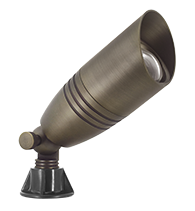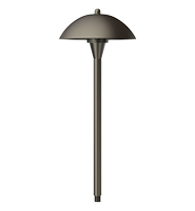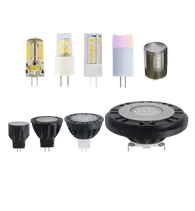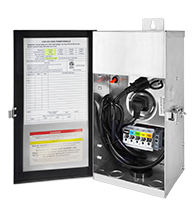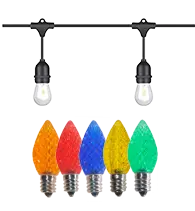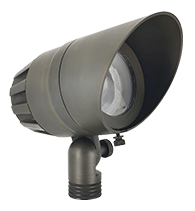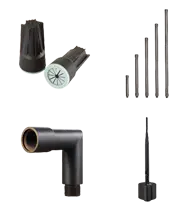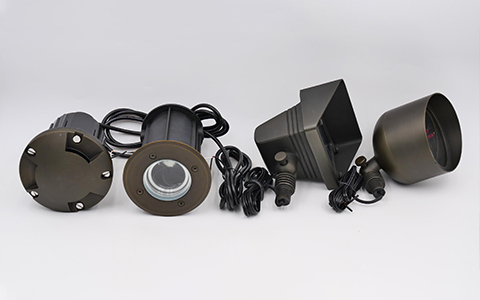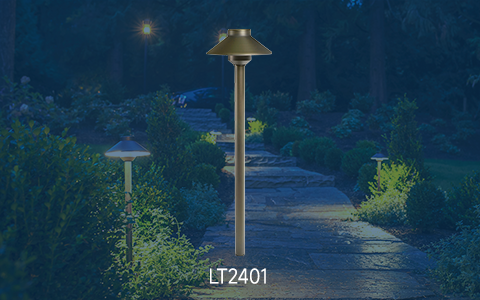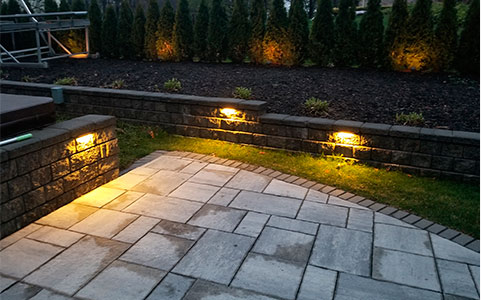Low-voltage lamp has features such as safety, explosion-proof, and energy-saving, and is widely used in mobile device lighting, household appliance auxiliary lighting, industrial and mining special occasion lighting and other fields. High-voltage lamp is the compact substitute lamp suitable for power supply voltage and have received much attention. So what are the differences between the high-voltage lamp and the low-voltage lamp?
The working principles of high-voltage lamp and low-voltage lamp are different
As one of the leading low voltage landscape lighting manufacturers, we can show you that the working principles of high-voltage lamps and low-voltage lamps are different: after the high-pressure sodium lamp is started, it is a low-pressure discharge of mercury vapor and xenon gas in the initial stage. At this time, the working voltage of the bulb is very low and the current is very high; as the discharge process continues, the arc temperature gradually rises, and the pressure of mercury and sodium vapor is determined by the lowest cold end temperature of the discharge tube. When the cold end temperature of the discharge tube is stable, the discharge tends to be stable, and the brightness, working voltage, working current and power of the bulb are also in normal working state. Under normal working conditions, the entire starting process takes about 10 minutes.
The advantages of high-voltage lamp and low-voltage lamp are different
The advantages of high-voltage lamps and low-voltage lamps are different: high-voltage lamps: due to their standard lamp holder, low system cost, and simple installation mode, main voltage halogen lamps are fully suitable for private areas. Some main voltage halogen lamps have single-sided or double-sided lamp heads, and usually have a working voltage of 120 volts, 230 volts, or 240 volts. The working voltage of low-voltage halogen lamps is twelve volts. Compared with main voltage halogen lamps, their luminous efficiency is higher, the color temperature is better, and the service life is usually longer. Such lamps are fully suitable for professional fields. Stores, hotels or restaurants—the low-voltage lamp can perform best here. For example, 1w bayonet bulb is a kind of popular products.
The applications of high-voltage lamps and low-voltage lamps
We have some low voltage lighting ideas for your reference. The difference between high-voltage and low-voltage light strips is that they can be directly connected to 220V high voltage without the need for transformers (but require drivers). A high-voltage line can be tens of meters long. Since the brightness does not decrease, only one driver is needed for one light strip. Compared with low-voltage light strips, high-voltage light strips have the advantages of low cost and stable brightness. The downside is that the luminous brightness is too high, dazzling, and easy to flicker. Therefore, although high-voltage light strips can also be used in empty rooms at home, fewer and fewer people use them, and they are mainly used for outdoor lighting and municipal lighting. Low-voltage light strips are widely used in home space, such as ceiling lights, curtain box lights, bedside light strips, cabinet light strips, bed light strips, etc. As long as there is a need to hide the light, low-voltage light strips can be used.

